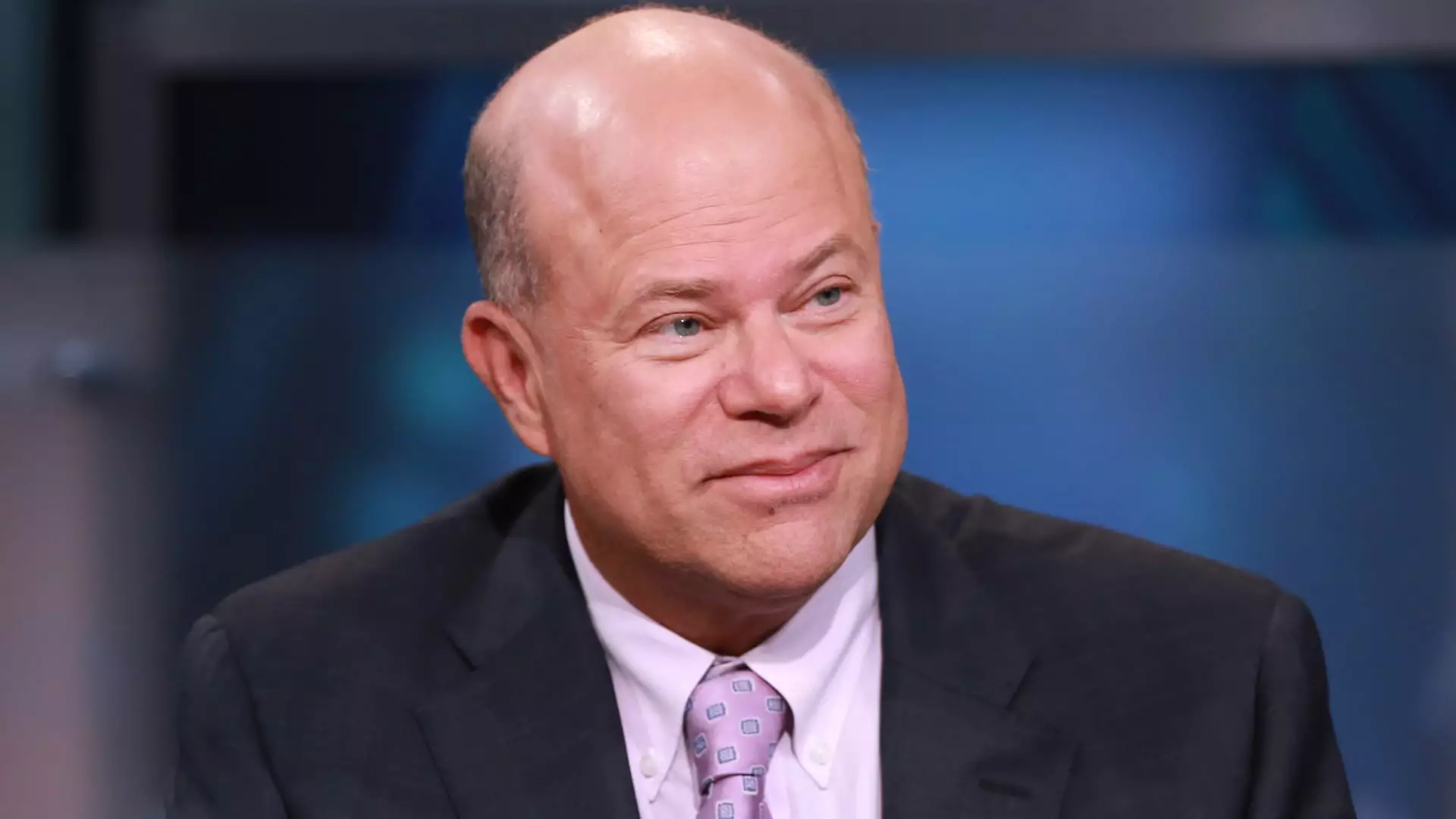In the realm of investment and monetary policy, few voices resonate as clearly as that of David Tepper, founder of Appaloosa Management. Recently, during an appearance on CNBC’s “Squawk Box,” Tepper offered a compelling analysis on the Federal Reserve’s stance regarding interest rate cuts. His perspective is grounded in the belief that the Fed, under the leadership of Chairman Jerome Powell, is compelled to follow through on its promises due to the necessity of maintaining its credibility in the eyes of investors. Tepper emphasizes the importance of not just listening to the Fed’s words but also scrutinizing their actions and the conviction underlying them.
The Fed’s decision to lower the benchmark interest rate by half a percentage point marks the commencement of its first easing cycle in four years, a significant move that signals a shift in economic policy. Tepper recognizes the aggressive nature of this cut, particularly in an economy that he perceives as relatively stable. The timeliness of this decision, paired with indications of potentially further reductions, reflects the Fed’s acknowledgment of various economic factors, including a slight downturn in the labor market.
The Risk of Historical Parallels
Tepper’s analysis is also colored by historical precedent. He draws parallels to the economic landscape of the late 1990s, where the Fed cut rates in an effort to stimulate growth amidst a healthy economy. This approach ultimately contributed to the infamous bubble that preceded the tech market crash of 2000. His cautionary observation about the current macroeconomic setup for U.S. stocks illustrates the fine line the Fed walks when implementing monetary loosening during a period of perceived stability. The historical narrative suggests that such actions can lead to unsustainable market conditions, and Tepper does not shy away from expressing his concerns regarding a potential repetition of this cycle.
With gross domestic product (GDP) continuing its upward trajectory—reportedly reaching around 3% growth as highlighted by the Atlanta Fed—it seems counterintuitive to some that drastic rate cuts are necessary. Additionally, inflation remains a concern, consistently outpacing the Fed’s target of 2%. Tepper’s perspective acknowledges this dichotomy: while the economy exhibits robust characteristics, the Fed’s actions may signal deeper issues that require attention.
The Balancing Act of Investment Strategy
Despite his reservations about the current state of U.S. markets from a value perspective, Tepper’s commitment to remaining invested highlights a key aspect of his investment philosophy. He conveys a sense of caution, tempered by recognition of the immediate benefits that come from loose monetary policies. Tepper’s insistence that he will not short the market reveals a strategic acknowledgment of the broader implications of easy money flooding the economy, which often yields favorable outcomes for equity markets, at least in the short term.
Moreover, Tepper’s shifting focus towards international markets, particularly in China, illustrates a strategic adaptability in response to the current economic climate. The influx of government support measures aimed at stabilizing and stimulating the ailing Chinese economy indicates a searching for opportunities elsewhere, which he believes may offer more favorable conditions than the U.S. market provides at present.
David Tepper’s insights into the intricate dynamics of the Federal Reserve’s interest rate decisions serve as a valuable reminder of the blurred lines between economic theory and market reality. While there remain some unsettling echoes of past market behaviors, Tepper’s astute observations position him—and potentially investors at large—at the crossroads of cautious optimism and strategic positioning. As the Fed navigates its path to credibility and stability amidst emerging indicators, the interplay between historical precedent and current economic data will likely shape the landscape for investors in profound ways. Their reactions to those movements, as well as the Fed’s ability to follow through on expressed intentions, will be pivotal as the markets continue to evolve.

